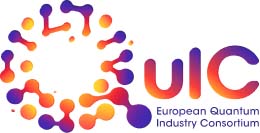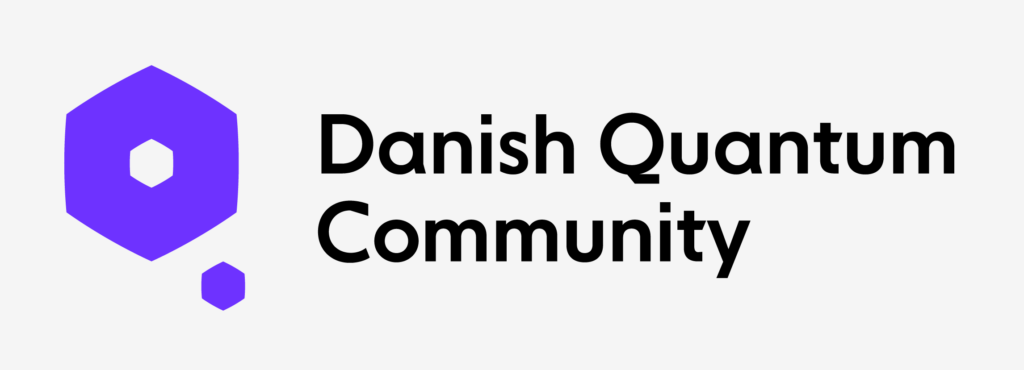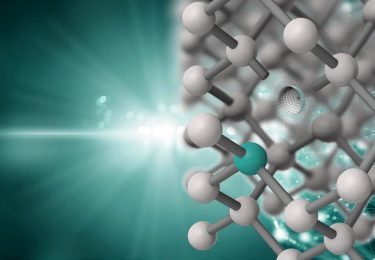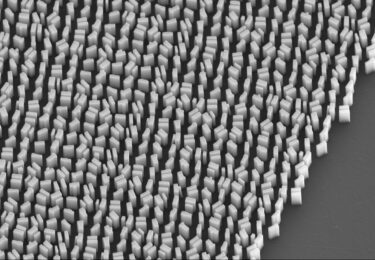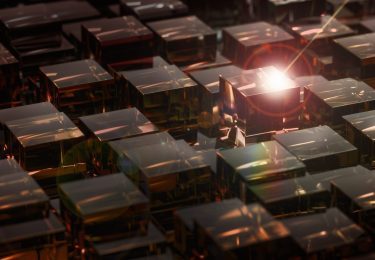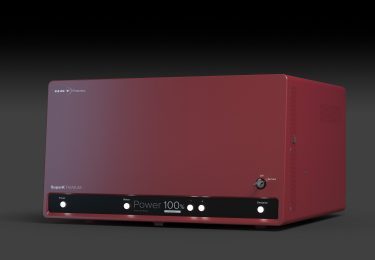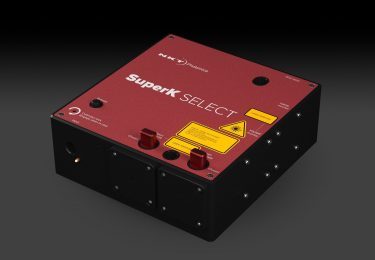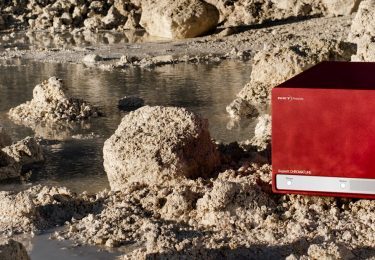NV centers are defects in the diamond crystal lattice. Each defect act as if a single fluorescing atom is already trapped in its lattice.
An NV center in a diamond typically absorbs light between 450 nm and 650 nm and emits light in the 600 nm to 800 nm range. The electronic spin-state of this atom-like defect can further be manipulated by applying a magnetic field, electric field, microwave radiation or light, or a combination, resulting in sharp resonances in the intensity and wavelength of the photoluminescence.
Operation at room temperature
Since NV centers can be stably operated at room temperature, spin states in NV centers are a promising candidate for a room-temperature qubit platform for quantum computers. There is still a lot we do not understand about the electronic states, and researchers investigate the fluorescence dynamics of the absorption and emission regions.
Use a broadband tunable laser
Addressing the entire wavelength region from 450 nm to 650 nm is not easy with conventional lasers. Many researchers rely on supercontinuum light sources, like our tunable SuperK CHROMATUNE or SuperK FIANIUM, to get tunability across the entire region and perfect beam quality.

References
- Coherence of a charge stabilised tin-vacancy spin in diamond by Johannes Görlitz, Dennis Herrmann, Philipp Fuchs, Takayuki Iwasaki, Takashi Taniguchi, Detlef Rogalla, David Hardeman, Pierre-Olivier Colard, Matthew Markham, Mutsuko Hatano, Christoph Becher published in Nature, 2022.
- Proximal nitrogen reduces the fluorescence quantum yield of nitrogen-vacancy centres in diamond by Marco Capelli, Lukas Lindner, Tingpeng Luo, Jan Jeske, Hiroshi Abe, Shinobu Onoda, Takeshi Ohshima, Brett Johnson, David A. Simpson, Alastair Stacey published in New Journal of Physics, 2022.
- Optical and Spin Properties of NV Center Ensembles in Diamond Nano-Pillars by Kseniia Volkova, Julia Heupel, Sergei Trofimov, Fridtjof Betz, Rémi Colom, Rowan W. MacQueen, Sapida Akhundzada, Meike Reginka, Arno Ehresmann, Johann Peter Reithmaier, Sven Burger, Cyril Popov, Boris Naydenov published in Nanomaterials, 2022.
- Plasma treatments and photonic nanostructures for shallow nitrogen vacancy centers in diamond by Mariusz Radtke, Lara Render, Richard Nelz, Elke Neu published in Optical Materials Express, 2019.
- Increased nitrogen-vacancy centre creation yield in diamond through electron beam irradiation at high temperature by M. Capelli, A.H. Heffernan, T. Ohshima, H. Abe, J. Jeske, A. Hopea, A.D. Greentree, P. Reineck, B.C. Gibson published in Carbon, 2019.
- Near-Field Energy Transfer between a Luminescent 2D Material and Color Centers in Diamond by Richard Nelz, Mariusz Radtke, Abdallah Slablab, Zai-Quan Xu, Mehran Kianinia, Chi Li, Carlo Bradac, Igor Aharonovich, Elke Neu published in Advanced Quantum Technologies, 2019.
- Optimized, versatile diamond-based sensors: materials, fabrication and novel applications thesis by Richard Nelz, Saarland University, 2019.
- Efficient Extraction of Light from a Nitrogen-Vacancy Center in a Diamond Parabolic Reflector by Noel H. Wan, Brendan J. Shields, Donggyu Kim, Sara Mouradian, Benjamin Lienhard, Michael Walsh, Hassaram Bakhru, Tim Schröder, Dirk Englund published in Nano Letters, 2018.
- Silicon-Vacancy Centers in Ultra-Thin Nanocrystalline Diamond Films by Stepan Stehlik, Lukas Ondic, Marian Varga, Jan Fait, Anna Artemenko, Thilo Glatzel, Alexander Kromka, Bohuslav Rezek published in micromachines, 2018.
Our quantum engagements
We are part of the European Quantum Flagship, the European Quantum Industry Consortium, the Quantum Economic Development Consortium, and the Danish Quantum Community.



